
Team issues and drama are in the top five of all stressors for business managers and owners. According to several studies, as much as 56% claim team issues contribute most to their stress levels. With this high number of leaders being stressed out by the people they employ, the people they depend on to help them serve clients and the majority of people who impact revenue, it’s not a stressor to be avoided or put on the back burner. But too often that’s exactly what managers and owners do, and they start paying the mental, emotional and tangible cost for it.
For business leaders to have the kind of team they’ve always wished they had — one that doesn’t complain, push buttons, expect more while giving less or be a financial draw on the business — requires a committed effort to building a people strategy that powers and propels every other business strategy.
People Strategy Basics
What is it?
Set of specific, prioritized choices about where and how to invest in human capital
When do I need it?
- There’s a significant shift in business strategy (startup or build-out)
- A major merger/acquisition (possibly buying an existing or joining up with another group)
- Significant people problems (turnover, absenteeism, presenteeism, difficulty hiring)
There’s an opportunity to dominate a market
- What will it identify for the company?
- Employee groups to grow or shrink
- Which skills sets to invest in
- What performance levels are required for optimal efficiency
- The number of employees needed to achieve goals
- Types of work to have in-house or outsource
- The reward strategy that inspires and motivates employees
What does it take?
There are five key components to a thorough and effective people strategy: culture, information, communication, inspiration and motivation. Often, these terms are grouped together as synonymous, which is why companies rarely have the people strategy that works.
Culture
Culture is the inside-out of a business, where the company is clear with its identity so employees can use the culture to create who they are within the workspace.
- Purpose: “Why we exist” (company) turns into “Why do I work here?” (employee)
- Vision: “What we aim to achieve” (company) becomes “What I aim to achieve will make what kind of impact?” (employee)
- Mission: “How we plan to achieve it” (company) becomes “Which strategic plan of behaviors can I use today?” (employee)
- Values: “What we stand for and how we behave” (company) turns into “What is my role and responsibilities?” (employee)
- Positioning: “How we differentiate from our competition” (company) becomes “How can I stand out among my co-workers and clients?” (employee)
Information
A people strategy is solidified or destroyed by the information provided to employees. All policies, procedures, HR documents, emails, intranet and more must support the culture and the way in which workers interact within it. When information is displayed that goes against the identified culture, employees become confused and disoriented on which direction they are headed. Then one of the worst things occurs — distrust happens very quickly and even the most loyal workers doubt their reason for choosing that particular place of employment.
Communication
Communication is not information, and vice versa. Effective communication plays a significant role in building and maintaining team synergy as it serves as the delivery tool for the other components. If team members participate in high levels of communication such as understanding, active listening, problem solving, conflict resolution and asking empowering questions, synergy rises and disharmony falls.
Inspiration
Inspiration is the internal connection a team member has to his/her job that propels them to achieve independently of their leaders and managers. Team member who are inspired are eagerly engaged from within their role and exceed expectations with high morale, while proactively looking for ways to experience personal growth in and outside their designated position.
Motivation
Motivation or reason is the last component necessary to create a people strategy. Knowledge, abilities, skills and competencies are the elements that make up a team member’s reason. For team synergy to develop, each member must have similar levels of each element to be present so professional services are consistent within each department.
Research proves that executive leaders spend very little time on culture but hyper-focus on performance data of human capital. If their sights were switched, they’d actually create the very team synergy they are hoping for within the organization.
 Jen Butler, CEO of JB Partners, is the creator of Get SMaRT – Stress Management and Resilience Training for the workplace. Their SMaRT Club learning platform is the leading self-guided tool for all companies looking to reduce stress and increase profits. Butler also travels throughout the United States to provide business leaders with one-on-one, onsite guidance in managing stress; turning around their business; and achieving real, long-lasting results.
Jen Butler, CEO of JB Partners, is the creator of Get SMaRT – Stress Management and Resilience Training for the workplace. Their SMaRT Club learning platform is the leading self-guided tool for all companies looking to reduce stress and increase profits. Butler also travels throughout the United States to provide business leaders with one-on-one, onsite guidance in managing stress; turning around their business; and achieving real, long-lasting results.





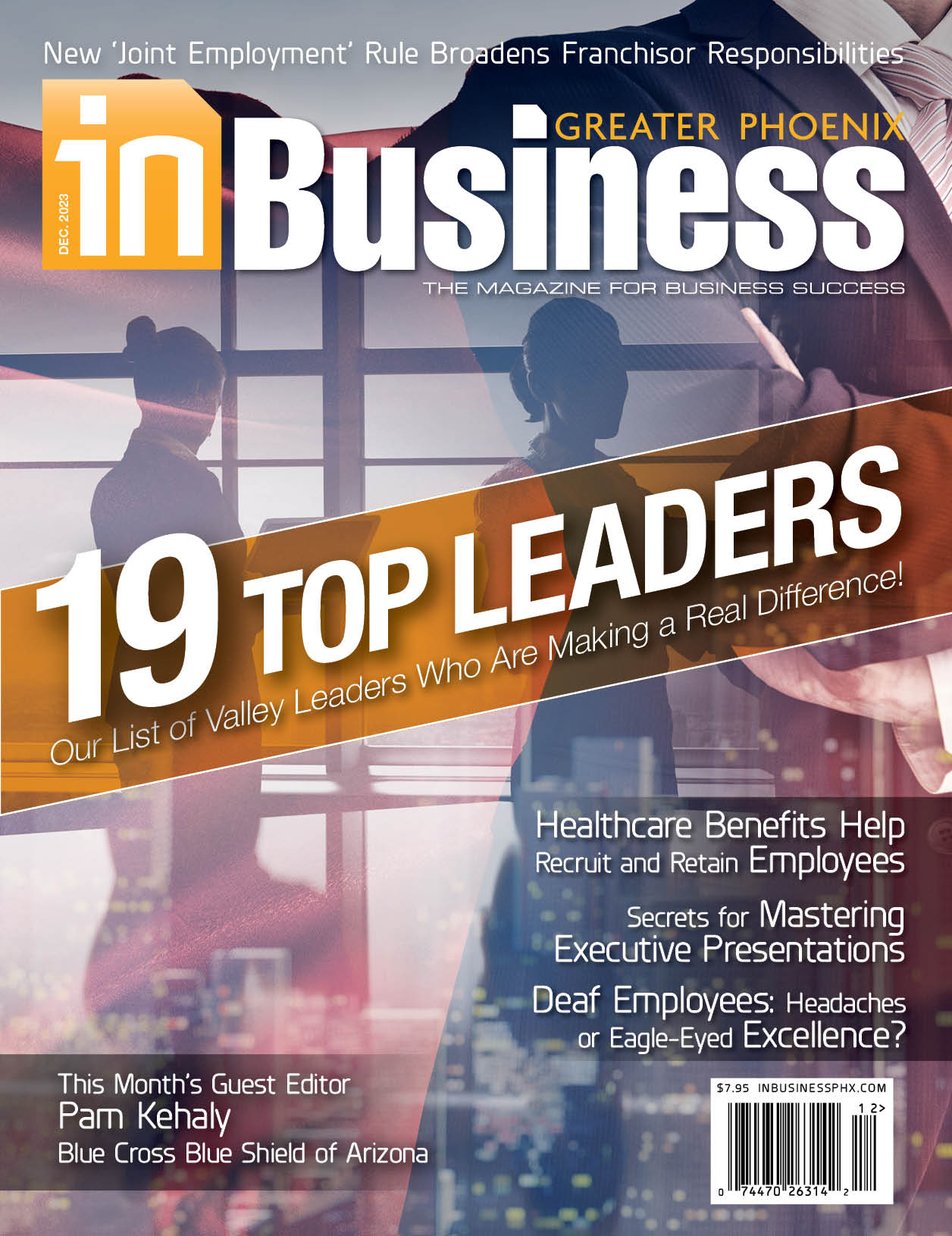
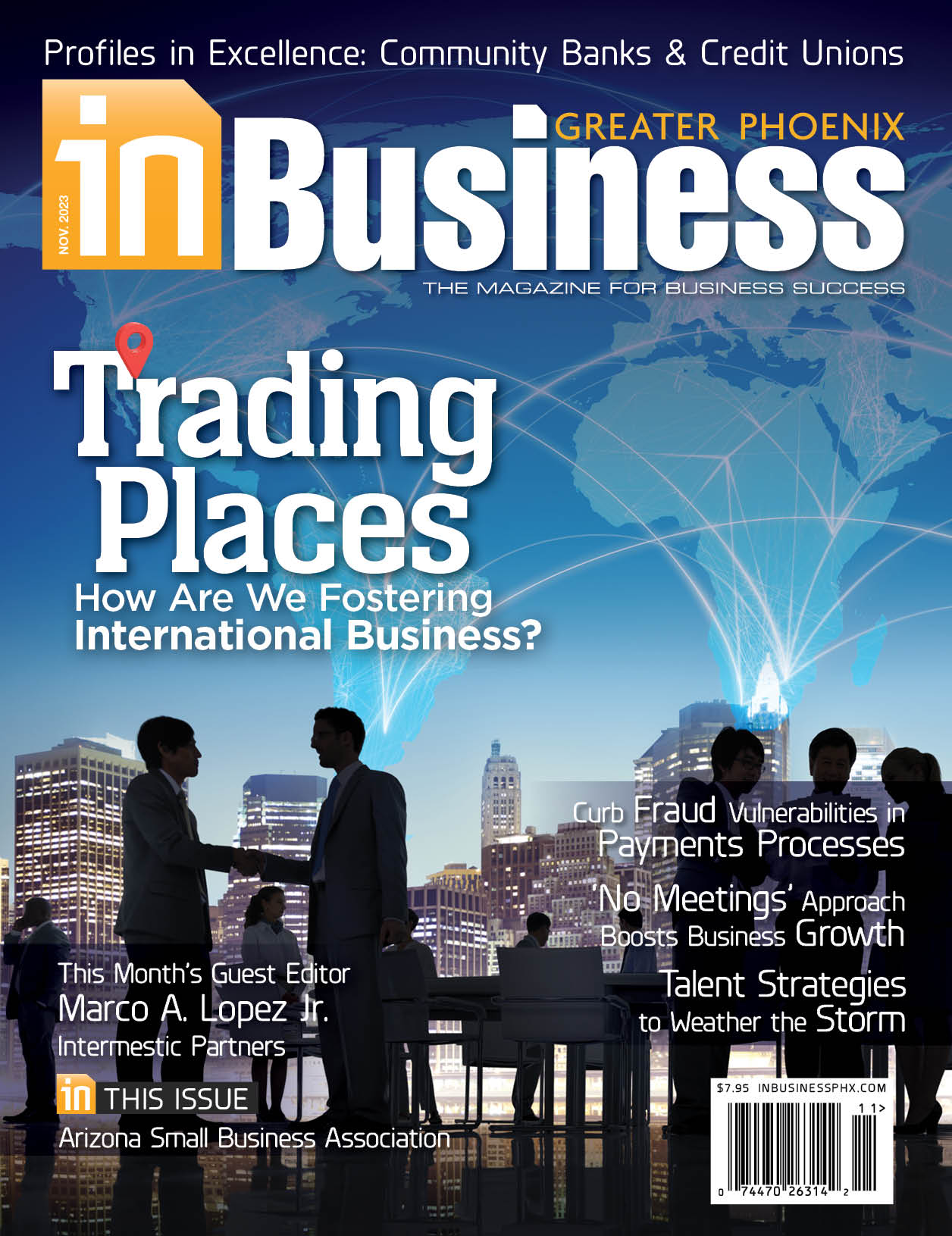



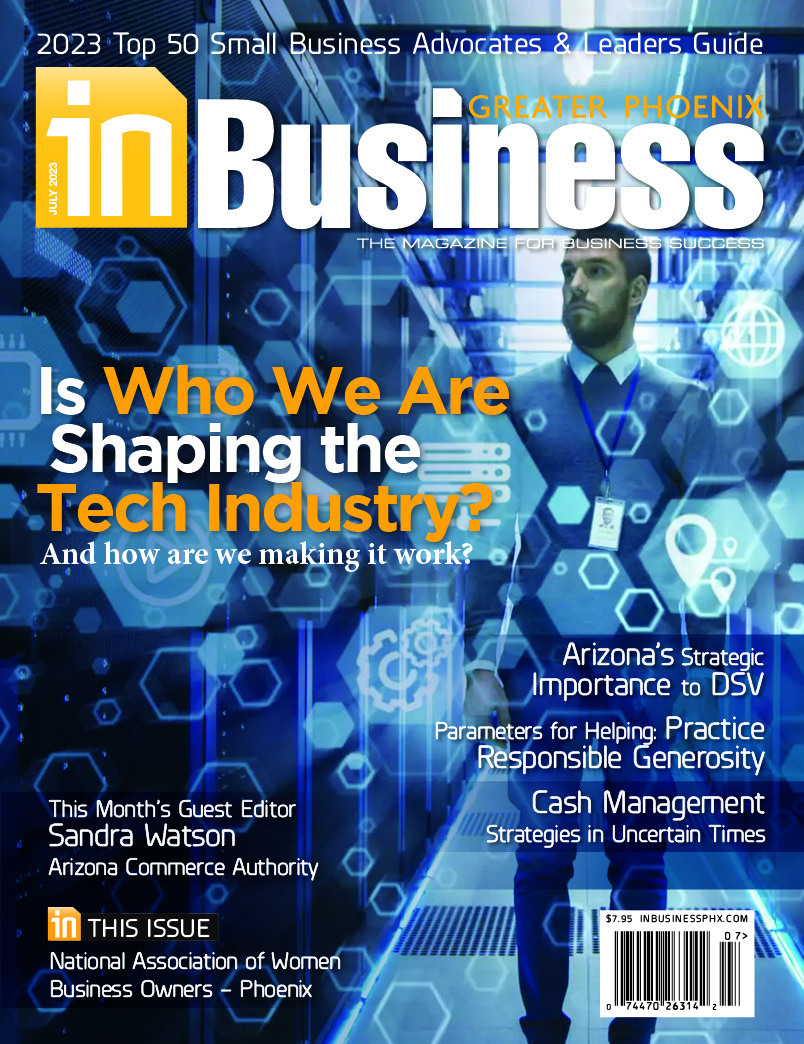
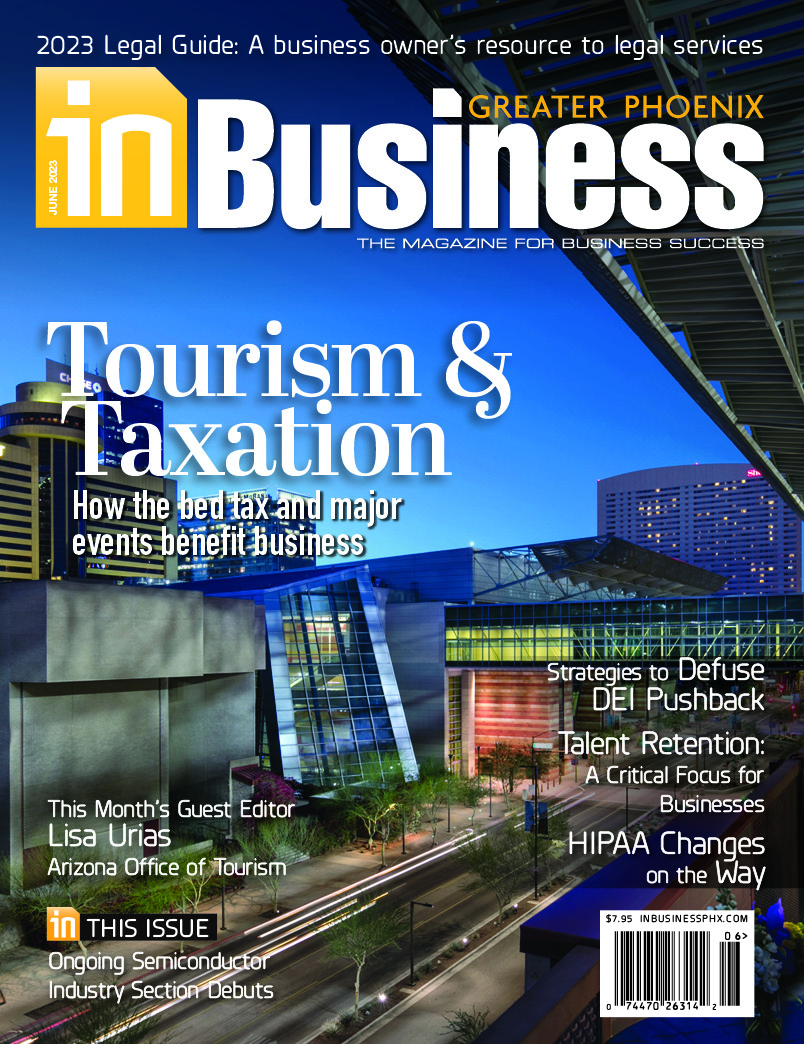
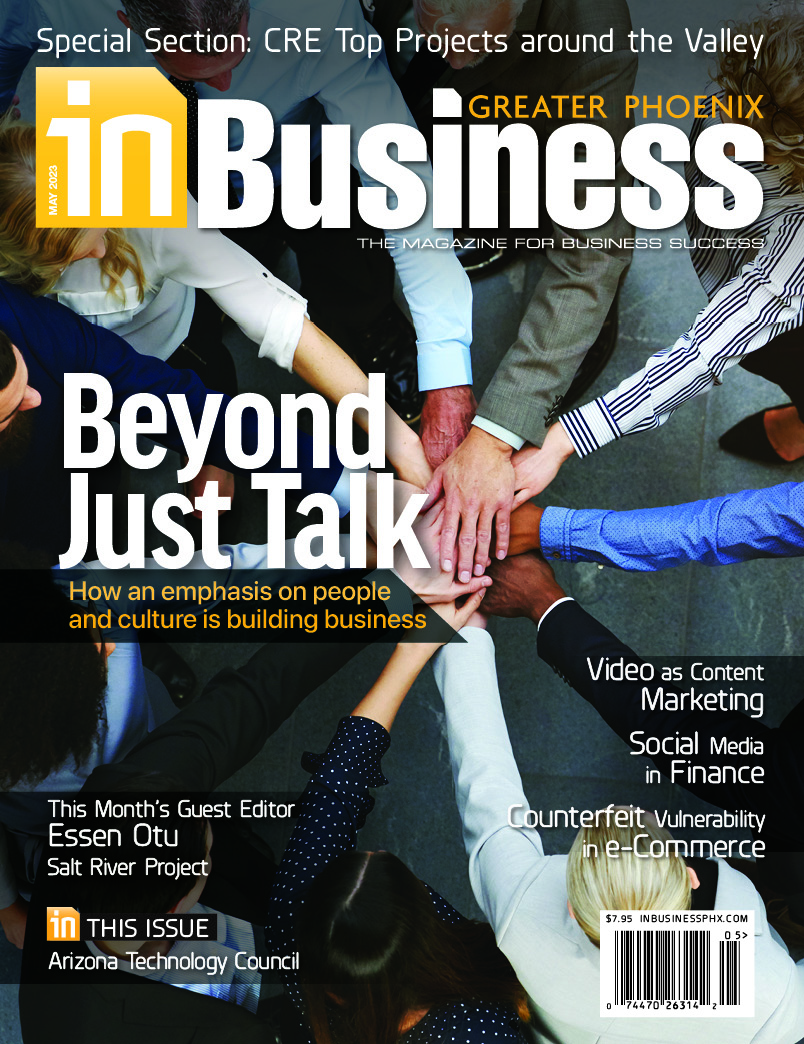

Speak Your Mind
You must be logged in to post a comment.